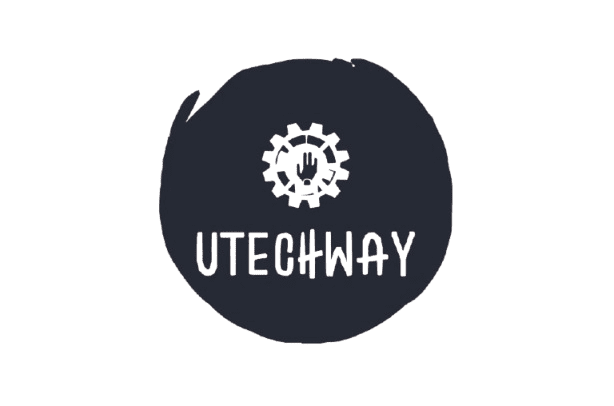
Taiwan Semiconductor Manufacturing Company (TSMC) is reportedly opting not to adopt High Numerical Aperture Extreme Ultraviolet (High-NA EUV) lithography for its upcoming A14 (1.4nm) process node, instead focusing on cost-efficiency over the performance gains offered by the advanced technology. This strategic decision reflects TSMC’s cautious approach to integrating new technologies into its manufacturing processes.
Understanding High-NA EUV Lithography
High-NA EUV lithography is an advanced chip fabrication technology that increases the numerical aperture from 0.33 to 0.55, allowing for finer patterning and potentially leading to higher transistor densities and improved performance. However, the technology comes with significant challenges, including high costs and the need for substantial infrastructure upgrades.
TSMC’s Strategic Decision
Reports indicate that TSMC has not placed orders for High-NA EUV tools and is unlikely to use the technology in its 2nm and 1.4nm (A14) process manufacturing. Sources at fab toolmakers suggest that TSMC is evaluating the adoption of High-NA EUV for the A14 node, considering the technical challenges associated with reducing mask size and the substantial investment required. Each High-NA lithography tool costs around $400 million, and the implementation would necessitate significant facility upgrades and redesigns of chip architectures.
Cost-Efficiency Over Performance
By choosing to forego High-NA EUV for the A14 process, TSMC appears to be prioritizing cost-efficiency and risk mitigation. The company may be focusing on optimizing existing technologies and processes to achieve desired performance metrics without incurring the high costs and complexities associated with adopting High-NA EUV at this stage.
Future Considerations
While TSMC is reportedly not adopting High-NA EUV for the A14 process, the company may consider integrating the technology in future nodes, such as the A10 (1nm) process. This approach allows TSMC to continue evaluating the maturity and cost-effectiveness of High-NA EUV lithography before committing to its widespread adoption.
Industry Implications
TSMC’s decision to delay the adoption of High-NA EUV could have implications for its competitiveness in the semiconductor industry. Rivals like Intel and Samsung are reportedly planning to integrate High-NA EUV into their manufacturing processes at similar nodes, potentially gaining a performance edge. However, TSMC’s focus on cost-efficiency and process optimization may enable it to maintain its leadership position by delivering high-performance chips without the added complexities and costs of new technologies.
In summary, TSMC’s reported decision to skip High-NA EUV for its A14 (1.4nm) process underscores the company’s cautious and cost-conscious approach to adopting new manufacturing technologies. By focusing on optimizing existing processes, TSMC aims to balance performance, cost, and risk, ensuring its continued leadership in the semiconductor industry.
